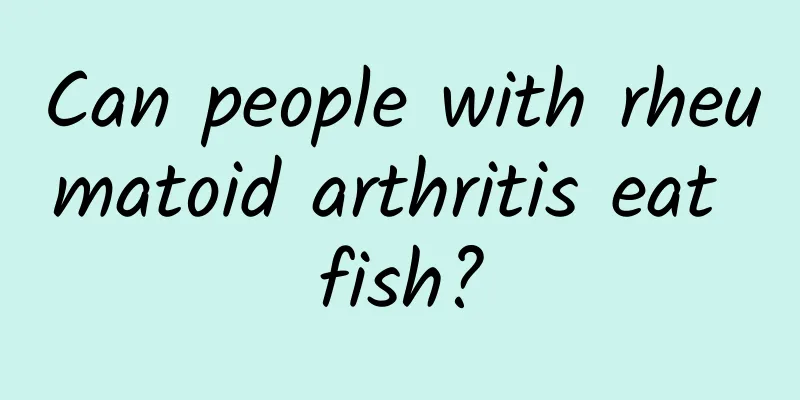TCM differentiation of allergic purpura

|
Henoch-Schonlein purpura is actually a disease that is difficult to treat. As we all know, allergies are caused by problems with the body's immune system, which in turn induce disease or physical discomfort. Traditional Chinese medicine has a good therapeutic effect on allergic purpura, but it cannot eliminate the lesions in a short period of time. Next, let’s look at the TCM dialectics of Henoch-Schönlein purpura. If you suffer from this disease, you can learn more about it. Anaphylactoid purpura (Henoch-Schonlein purpura), also known as self-limited acute hemorrhagic disease, is an allergic vasculitis that invades the small arteries and capillaries of the skin and other organs. The cause of the disease may be infection by pathogens, the effects of certain drugs, allergies, etc., which lead to the formation of IgA or IgG circulating immune complexes in the body and deposition in the capillaries of the upper dermis, causing vasculitis. The main manifestations are purpura, abdominal pain, joint pain and renal damage, but thrombocytopenia does not occur. Some people believe that allergic purpura and allergic cutaneous vasculitis belong to the same spectrum of diseases. This disease is the most common type of vasculitis in children. It is more common in school-age children, with the common age of onset being 7 to 14 years old. It is rare in infants under 1 year old. It is common in children and adolescents, and may begin with fever, headache, joint pain, and general discomfort. 1. Skin Most cases present with skin purpura as the first symptom. Skin lesions appear as pinpoint to soybean-sized petechiae, ecchymoses or urticaria-like rashes or pink maculopapular rashes that do not fade when pressed, which is purpura. Purpura may merge into patches and eventually turn brown. It usually disappears within 1 to 2 weeks without leaving any trace. In severe cases, blisters, blood blisters, necrosis and even ulcers may occur. The rash often occurs in weight-bearing areas, especially on the extensor side of the limbs, especially the lower limbs, around the ankle joints and buttocks. The lesions are symmetrically distributed, appear in batches, and are prone to recurrence. Only skin damage is also called simple purpura. 2. Digestive system About 2/3 of cases present with gastrointestinal symptoms. It usually appears within 1 week of the rash. Common abdominal pain, often manifested as paroxysmal periumbilical pain and colic, abdominal pain may also occur in other parts of the abdomen. There may be tenderness, but rebound tenderness is rare. Accompanied by vomiting. About half of the children have positive fecal occult blood test, some may have bloody stools, or even vomit blood. If abdominal pain occurs before skin symptoms, it is easy to be misdiagnosed as an acute surgical abdomen or even undergo surgical treatment incorrectly. A small number of children may develop complications such as intussusception, intestinal obstruction, intestinal perforation and hemorrhagic enteritis. Patients with abdominal pain, diarrhea, bloody stools, and even gastrointestinal bleeding are also called gastrointestinal purpura. 3. Urinary system Most cases develop gross hematuria, microscopic hematuria and proteinuria, or tubular urine 2 to 4 weeks after purpura onset. Urinary system symptoms may occur at any time during the course of the disease, and may also appear after the rash subsides or when the disease is dormant. The severity of the disease varies, and severe cases may cause renal failure and hypertension. More than half of the children's kidney damage can be cured clinically on its own. Patients with hematuria, proteinuria and renal damage are also called renal purpura. 4. Joints Most children only experience swelling, pain, tenderness or arthritis in and around the joints, which may be accompanied by limited mobility. Large joints such as the knees and ankles are most commonly affected, but the wrists, elbows, and fingers may also be affected. Joint lesions are often transient and usually disappear within a few days without leaving joint deformities. Patients with joint swelling, pain, and even joint effusion are called articular purpura. 5. Others Central nervous system symptoms are rare and include coma, subarachnoid hemorrhage, optic neuritis, and Guillain-Barré syndrome. |
<<: Why does my waist hurt when I exert force?
>>: Why does my waist hurt when I bend my head?
Recommend
What does esophageal reflux look like? Symptoms of esophageal reflux
Esophageal reflux is also known as gastroesophage...
It is good to love taking a bath, but don't do it like this, it may hurt your body or even kill you.
Bathing is a cleaning task that we must do in our...
Minimally invasive phimosis surgery
In fact, many male friends have phimosis in their...
Cold uterus + chin acne
Acne is a very common cancer that affects our ski...
How is atopic dermatitis treated? What should we pay attention to?
To treat atopic dermatitis, we need to learn more...
What foods should you eat more to moisten your lungs in autumn?
We all know that the weather in the fall can be d...
The harm of wormwood coarse salt bag
Mugwort is a very good plant, both as medicine an...
Taboo of Hearts K
Roselle tea is a healthy drink that many people a...
Symptoms of vitamin c deficiency
Vitamins are nutrients needed by the human body. ...
What causes chest pain and nausea?
In people's daily lives, many people experien...
Why are the skin on my fingers peeling?
Many people experience peeling of their hands, es...
The efficacy and function of Jiaobaizhu
When it comes to the effects and functions of sco...
What to do if the private parts are broken
Talking about private part problems will make many...
Lower abdominal pain, back pain, urge to defecate
Many people often have various problems in their ...
What causes diaphragmatic hernia?
Diaphragmatic hernia is a diaphragm disease and i...









